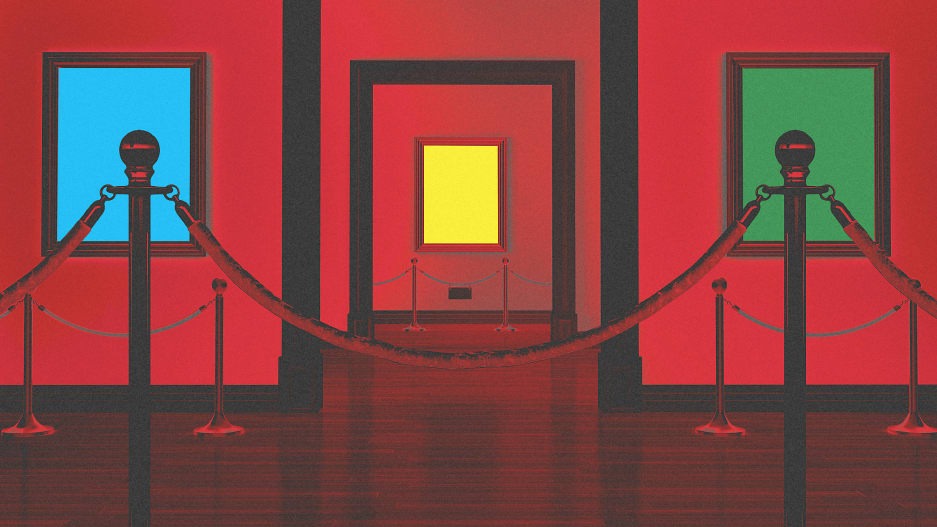- | 8:00 am
Who defines art? Are we still asking that question?
Today’s art and design students are tomorrow’s artists and designers.

The disgust that spread across her face spoke louder than any word she would have chosen as her reaction. The idea I just shared with her about art students’ creations being sold as art and design pieces was so abhorrent in her mind that she could not control her facial expression. But she was not alone. These are the responses we have received from most people who consider themselves part of the art establishment. They were more worried about protecting the old guard fortress than listening to a new idea.
It appears nothing has changed. Louis Leroy was inspired by a Monet painting featured at the exhibition organized by the Anonymous Society of Painters, Sculptors, Printmakers, etc. Following the exhibition’s April 15, 1874 opening, he called these artists “Impressionists.” However, that was not a term representing appreciation and respect, but rather the exact opposite. In Leroy’s world, the Impressionists’ work did not represent composition, depth, or any other inherently valuable characteristics. “Wallpaper in its embryonic state is more finished than that seascape,” he wrote.
In his mind, the work was simple, mechanical, and lacked any emotional engagement. The rest is history. We know where those Impressionists ended up in the world and history of art. The dismissive attitude of anything different or new persists in the eyes of many involved in the current art world.
DISMISSING THE FUTURE
Today’s art and design students are tomorrow’s artists and designers. They capture the zeitgeist better than anyone else and bring with them a fresh and unique perspective that belongs only to them. Dismissing them is dismissing the future. Accepting their fresh perspective does not have to come at anyone’s expense. It is an expansion that welcomes new voices.
“They need at least 10 years before their work will carry any value,” a leader of an art auction house told me. Well, how do you define value? Did you consider the story of Awol Erizku, whose third-year creation at The Cooper Union, “Girl with a Bamboo Earring,” fetched $52,500 at a Phillips auction in 2017?
According to a recent Bain study about the luxury goods market, the most prominent growth driver is the generational shift. Affluent millennials and Gen Z are entering the market and will support its 60% growth by 2030, while these generations are expected to spend three times more than other generations in the same period. They look at art and design differently and they seek an experience that is collaborative, authentic, and direct.
Today’s students and recent graduates deserve a better chance to rise and contribute their voices and vantage point in the greater, expanding art and design world. The way to preserve the appreciation of art is not by closing the gates and limiting access, but rather by realizing that dreams, aspirations, tastes, and preferences are constantly shifting. It is time to empower those who enjoy and support the arts to assume an initiative-taking part in its evolution.
Impressionism is not a badge of disgrace as Leroy tried to portray it. It is an expression of capturing the moment by the most current artists of that time. That is what the students’ work is all about. The time to welcome them and give them a fair chance to join the overall conversation is now.








































